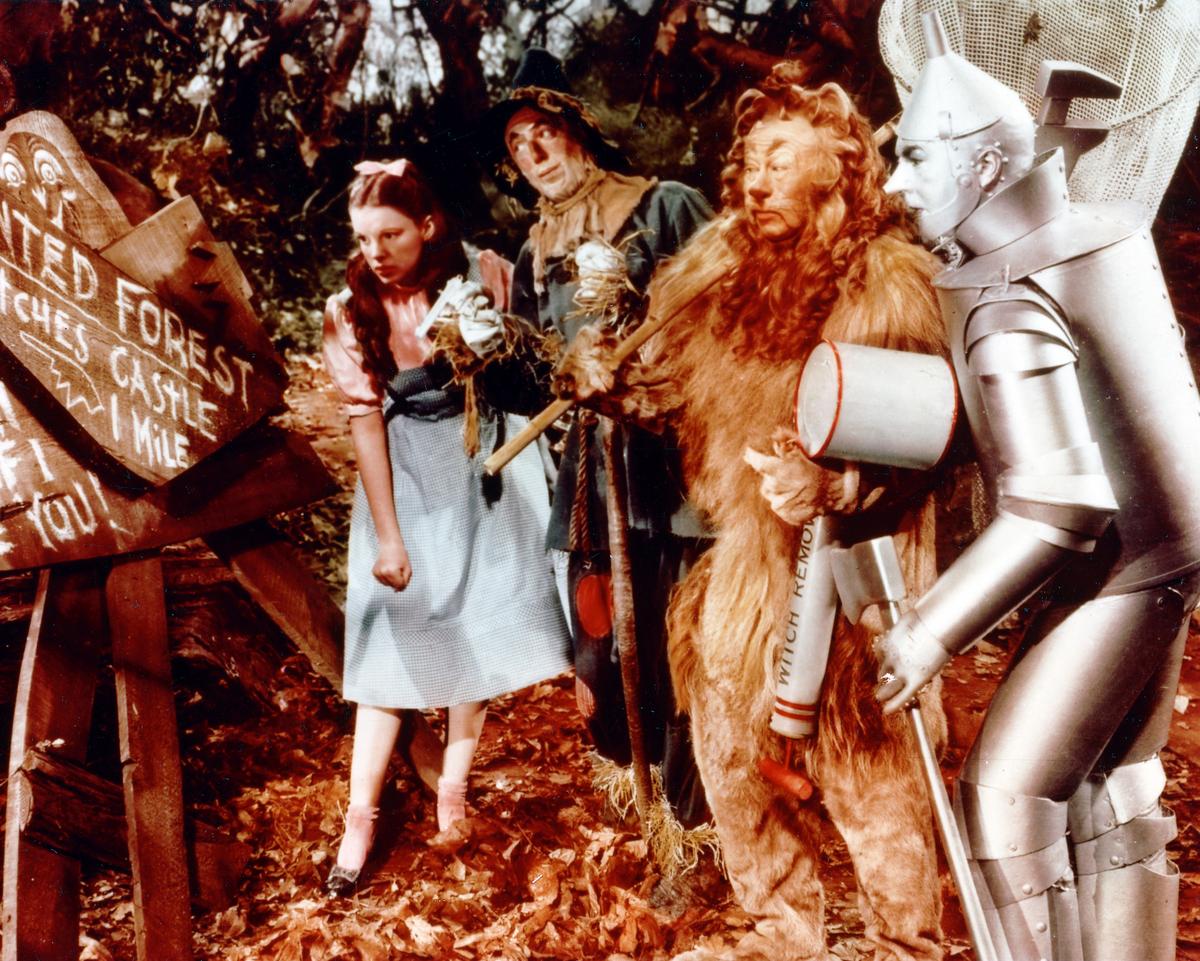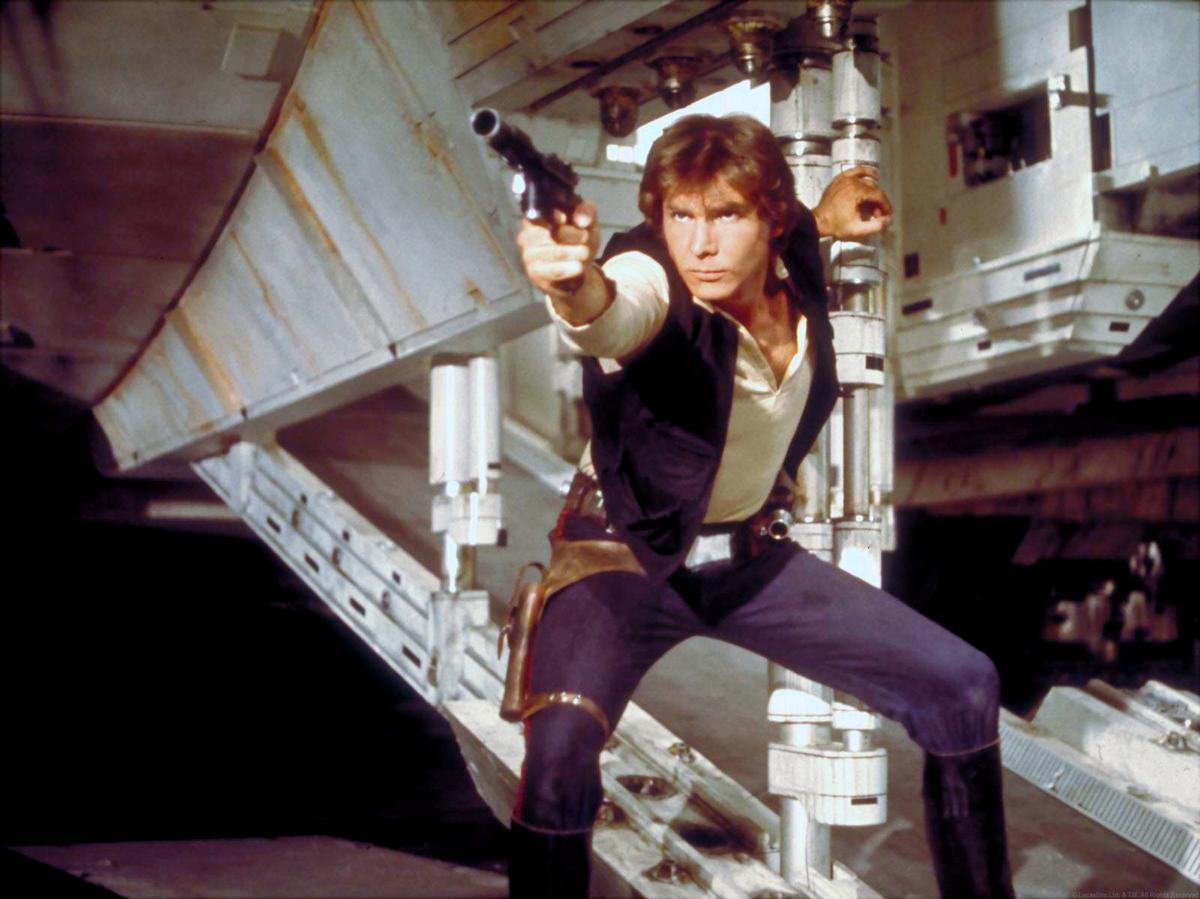[ad_1]

Carrie-Anne Moss and Keanu Reeves in ‘The Matrix’
| Photo Credit: Ronald Siemoneit
Wikipedia calls a parallel universe a “hypothetical universe co-existing with one’s own, typically distinct in some way”. Beneath that umbrella term lie sub-categories such as time travel, alternative histories and simulated reality. This writer — a sucker for anything sci-fi — probably owes it to the big daddy of the simulated reality sub-genre, The Matrix. The Thirteenth Floor and Jim Carrey’s poignant The Truman Show also fall under this category.

Judy Garland (1922-1969), US actress and singer, Ray Bolger (1904-1987), US actor, Bert Lahr (1895-1967), US actor and comedian, and Jack Haley (1897-1979), US actor, all in costume, in a publicity still from the film, ‘The Wizard of Oz’, 1939
| Photo Credit:
Silver Screen Collection
Parallel universes are said to serve two main purposes. One is the possibility of violating the laws of Nature, a primal human fantasy, which the majority of the films of this genre fall under — we are looking at you, Liam Neeson-powered Aslan from The Chronicles of Narnia. The other is to serve as a starting point for speculative fiction which ventures into the ‘what if that event had turned out differently…’. The aptly titled Marvel miniseries What If…? is a perfect example. In a way, many of Marvel’s recent films and series, such as Avengers: Endgame, Doctor Strange in the Multiverse of Madness, Spider-Man: No Way Home and Loki have toyed with the concepts of time travel, alternate reality and parallel universe in their Multiverse Saga… until Jonathan Majors’ real-life shenanigans made Marvel wish there was an actual multiverse.
The world of fictional parallel universes takes the fascinating biological concept of convergent evolution up a notch to create new races and species that are at times par or even better than human civilisation. Genre-defining franchises such as Star Trek, Star Wars and The Planet of the Apes films all have such examples with humanoid species ranging from films like Avatar (Na’vi) to Charlie and the Chocolate Factory (Oompa-Loompas).

American actor Harrison Ford, as Hans Solo, on the set of Star Wars: Episode IV – A New Hope written, directed and produced by Georges Lucas. (Photo by Sunset Boulevard/Corbis via Getty Images)
| Photo Credit:
Sunset Boulevard
The most famous film involving the alternative universe concept is The Wizard of Oz. A personal favourite is Space Jam where basketball player Michael Jordan is brought out of retirement by Looney Tunes characters so he can help them win a basketball match against invading aliens. If comfort watches make for a separate list then mine would have Pacific Rim where multiple kaiju (monsters) escape through an interdimensional portal to wreak havoc on Earth only to be brought down by gigantic humanoid mechas named Jaegers.
For fans of something more serious, Jake Gyllenhaal’s Source Code is a good place to start with. On smaller screens, apart from Star Trek and the usual culprits like Twilight Zone and Doctor Who, arguably the most famous series are Netflix’s Stranger Things and the German show Dark.
For those closer home, apart from the recent hit Black, Selvaraghavan’s Irandam Ulagam and GV Prakash’s Adiyae played with the concept of a parallel universe. The Telugu filmOkka Kshanam, heavily borrowed from Alfred Hitchcock’s film Rear Window, also explores the concept of a parallel life. In Malayalam, Nivin Pauly recently announced that he will headline Multiverse Manmadhan which is billed as “India’s first multiverse superhero movie”.
While we might return to our daily life the moment the credits roll, until interdimensional travel is a reality, films are the way to go to witness someone’s idea of how an alternate world would look like. Neo might have opted for reality, but I would have probably gone for the blue pill!
From The Hindu cinema team, a fortnightly column recommending films and shows tied to a mood, theme, or pop-cultural event.
Published – February 28, 2025 06:29 pm IST
[ad_2]
Source link





